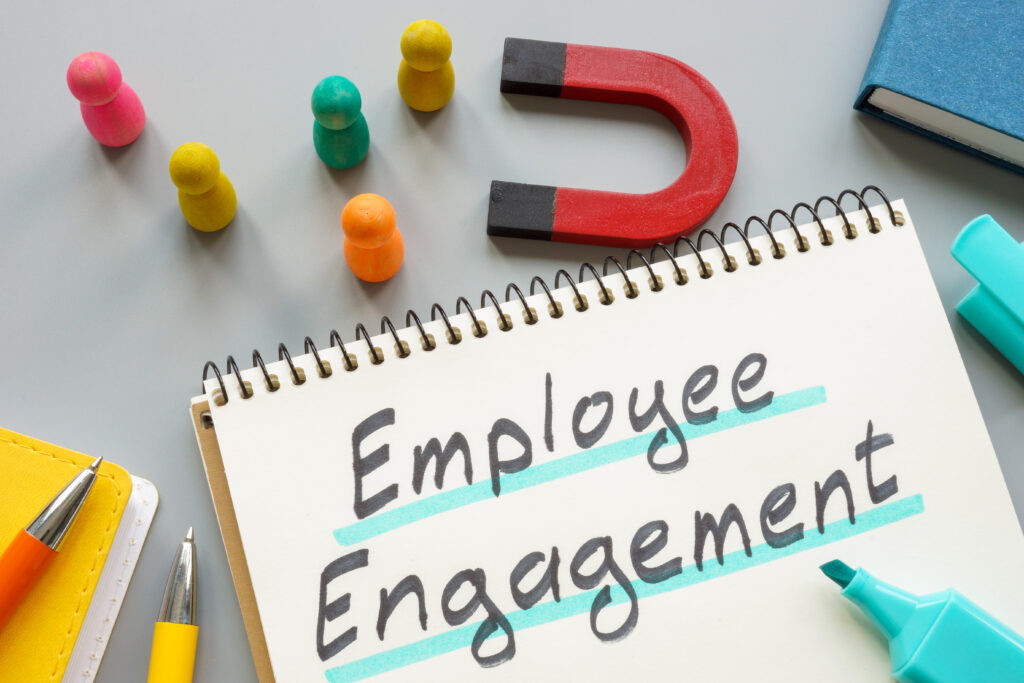
The Science of Motivation: How Dopamine Drives Action at Work
Employee Engagement
By NeuroColor Staff
Ever wonder what gets your team truly motivated? Recent research by Ingo Willuhn and his colleagues at the Netherlands Institute for Neuroscience sheds light on the brain’s reward system and its role in driving action.
The study focused on dopamine, a neurotransmitter linked to motivation and learning. Researchers compared how dopamine functioned in two situations:
- Passive Learning (Pavlovian Conditioning): Rats received a reward (food pellet) after a cue (light).
- Active Learning (Operant Conditioning): Rats had to press a lever after the light cue to receive the reward.
Here’s the key finding: both groups released dopamine when the reward cue appeared. But in the active learning group, dopamine levels stayed elevated throughout the cue presentation. This suggests that a hands-on component – where action is required from the learner – is the secret sauce for a wildly successful training program.
Train, then Sustain: Beyond Active Learning
Understanding dopamine’s role in motivation can help us create a more engaging work environment. In addition to active learning, here are other ideas:
- Be transparent about objectives: When you assign a task, make sure your team member understands the “why.” Tasks that clearly contribute to a goal are more likely to trigger the dopamine reward cycle and boost motivation.
- Shine a light on wins – beyond “good job”: Notice when a colleague achieves something great. Acknowledge their success in the moment – then take it a step further. Ask about the key factors that led to the victory. This reinforces the positive association between the effort they put in and the positive outcome, further stimulating dopamine release.
- Trust your team with stretch assignments: Be willing to delegate – even when a task is more complex or requires higher level thinking. Tasks that require some effort but are achievable can keep dopamine levels high and engagement strong.
Ping pong tables and free lattes are a fun distraction, but fostering employee engagement is the most rewarding benefit you can offer. By tapping into the science of motivation, you can create a workplace culture that keeps people feeling challenged, fulfilled, and eager to contribute their best work.
#Neuroleadership #EmployeeEngagement #Dopamine
